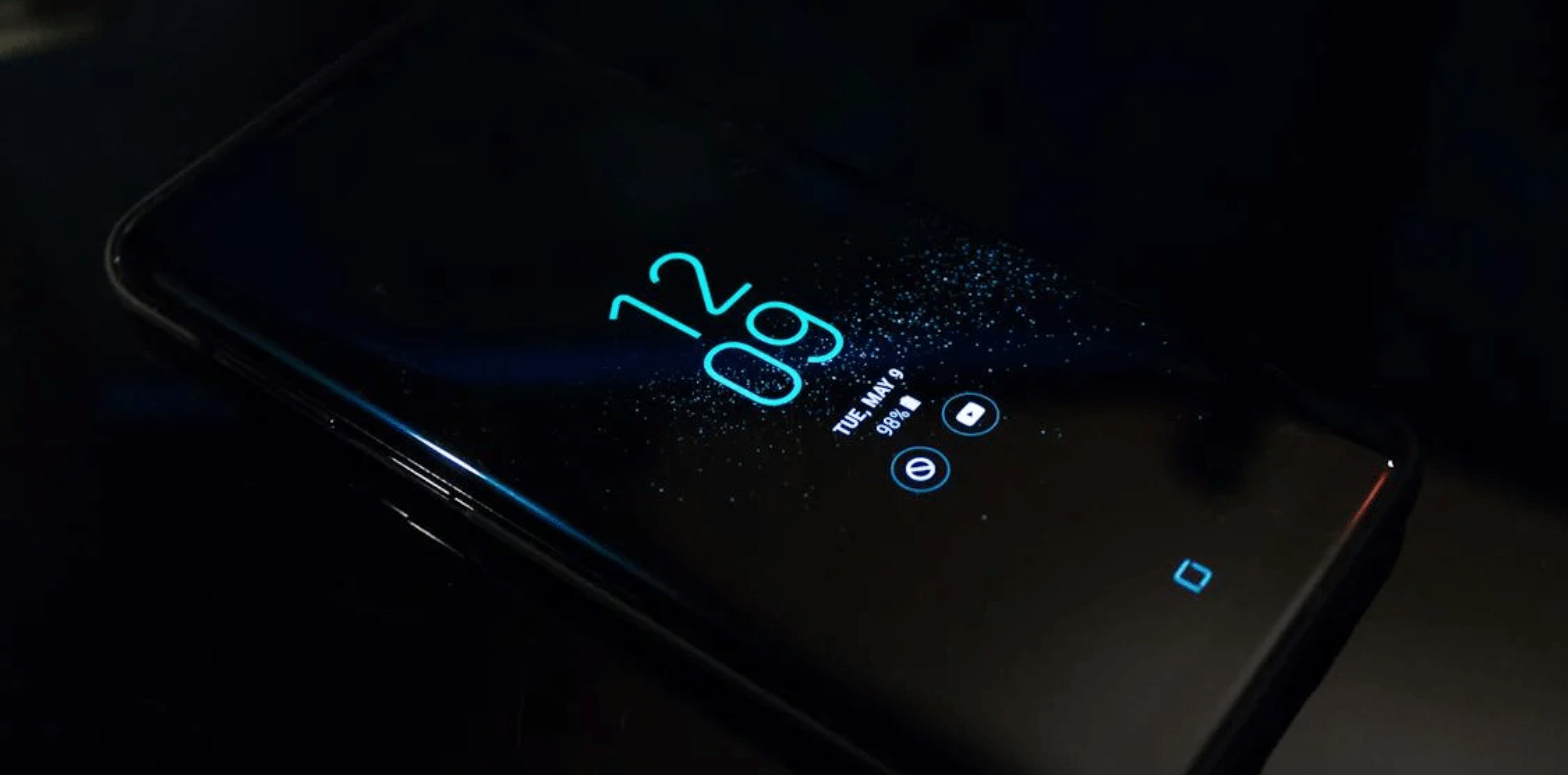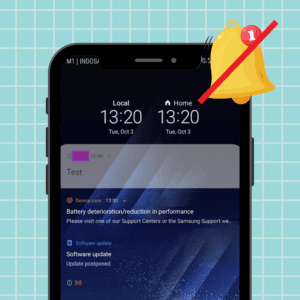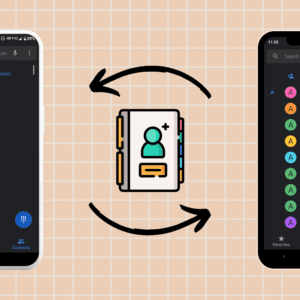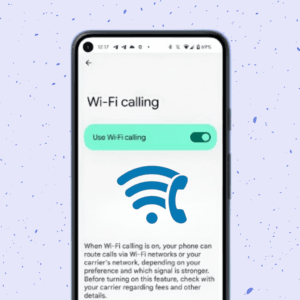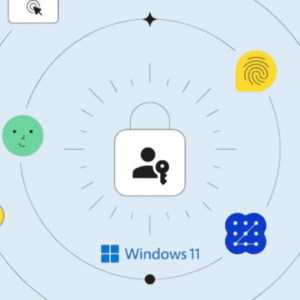Your Android phone’s performance might slow down over time due to accumulated processes and applications running in the background. Clearing the Random Access Memory (RAM) can help refresh your device and improve its speed. Here are seven simple ways to clear RAM on your Android phone.
1. Restart the Android device
Restarting a device is a commonly recommended solution for clearing RAM on an Android phone. Over time, as various applications run, RAM may become cluttered, leading to performance issues and slowdowns.

Restarting the device effectively closes all running processes and applications, freeing up RAM and allowing the system to start fresh. This simple yet effective action can help improve the overall performance of the Android phone by releasing memory resources and resolving temporary glitches. Restarting your Android device:
There are two main ways to restart your Android device, depending on whether it’s functioning normally or frozen:
Normal Restart
- Locate the Power button (usually on the right side of the device).
Note: The newer Pixel phones might have it on the top right. - Hold the Power button and wait for a few seconds until a menu appears.
- Select Restart from the options available.
Note: On some devices, you might only see Power off initially. Tap that, then choose Restart.
Force restart (for frozen devices)
- Hold the Power button combination. This varies depending on your device. Here are some common ones:
- Most Android phones: Hold the Power button for 10-20 seconds.
- Newer Samsung devices (Galaxy S10+ and later): Hold the Power/Side and Volume Down buttons for 7 seconds.
- Google Pixel 6: Hold the Power and Volume Up buttons for 10 seconds.
- Now, wait for the device to restart.
It might take a few seconds for the screen to go black and then turn back on. Once the device restarts, check if your Android device’s speed has increased.
2. Check memory usage and Force Quit apps
Android’s memory management is sophisticated, automatically prioritizing and reclaiming RAM as needed. While some background apps can consume resources and impact performance, force quitting them isn’t always the best solution.

It can be counterproductive as apps often relaunch, and focusing solely on RAM usage can be misleading. CPU load, storage access, and background processes also play a role. Now, let’s see how you can check memory usage and force quit apps on your Android phones:
Checking memory usage
There are two main ways to check memory usage on Android:
Quick Overview
- Swipe down from the top of your screen to open Quick Settings.
- Look for the section displaying active apps or RAM usage. It may show a number or percentage indicating free or used memory.
Note: Some devices might not have this information readily available in Quick Settings.
Detailed view
- Open the Settings app.
- Navigate to System or About Phone (depending on your device).
- Look for options like Developer options or Memory status.
- If you don’t see Developer options, scroll down and tap About Phone, then find Build number and tap it seven times to unlock Developer options.
- In Developer options, find Running services or Memory usage details. This will show you a list of currently running apps and their RAM consumption.
Force quitting apps
Here are two ways you can force quit apps on Android devices.
Recent apps menu
- Swipe up from the bottom of your screen and hold for a moment to open the recent apps menu.
- Find the app you want to force quit and swipe up on it to close it.
Settings app
- Open the Settings app.
- Navigate to Apps or Apps & notifications.
- Select the app you want to force close.
- Tap Force stop.
This process frees up RAM, enhancing the overall performance and responsiveness of the Android device. By regularly monitoring and managing memory usage, users can optimize their phone’s performance and enjoy a smoother and more efficient mobile experience.
3. Disable apps and remove bloatware
To optimize and enhance the performance of an Android phone, one effective solution is to disable unnecessary apps and remove bloatware, thereby freeing up valuable RAM. Android devices often come pre-loaded with numerous applications, many of which may not be essential for the user.

These unused or rarely used apps consume system resources and contribute to the depletion of RAM, leading to slower performance. By disabling or uninstalling such bloatware, you can declutter your devices and create more space in RAM for actively used applications.
Using phone settings (Applies to most apps)
- Open Settings.
- Find Apps or Apps & notifications (might differ slightly depending on your phone).
- Tap See all apps or Show all apps.
- Find the app you want to disable/remove. You can use the search bar for easier navigation.
- Tap on the app to open its App Info page.
- Tap Uninstall. Confirm the uninstall if prompted.
If the app is not uninstallable, look for a Disable button. Tap it to disable the app. This prevents it from running and frees up some resources.
Using Developer Mode (For advanced users & stubborn bloatware)
Warning: This method involves using ADB (Android Debug Bridge), which requires technical knowledge and carries potential risks. Proceed with caution and only if comfortable.
- Enable Developer Options on your phone (search online for specific steps for your phone model).
- Download and install Android SDK Platform Tools on your computer.
- Enable USB Debugging on your phone within Developer Options.
- Connect your phone to your computer using a USB cable.
- Open Command Prompt/Terminal on your computer and navigate to the Platform-Tools directory.
- Use ADB commands to disable or uninstall the app (research specific commands for your desired action and app).
4. Reduce animations and transitions
Reducing animations and transitions in Discord potentially improves the success rate of saving profile themes and other changes. While Discord uses them to enhance the user experience, too many animations can contribute to glitches or difficulty saving changes.

Minimizing them may simplify the interface and potentially improve the experience for users who prioritize stability, but it’s not guaranteed to be universally positive. Here’s how you can clear RAM on your Android device by reducing animations and transitions:
Using accessibility settings
This is the easiest and most user-friendly method:
- Open Settings app.
- Scroll down and tap Accessibility.
- Scroll down to the Display section and tap Text and Display.
- Find the toggle for Remove animations and turn it ON.
This will disable most animations on your phone, making it feel snappier and more responsive.
Using Developer Options (for advanced users)
This method offers more granular control but requires enabling Developer Options:
- Open Settings app.
- Scroll down and tap About Phone.
- Tap the Build number seven times rapidly (a toast message will confirm Developer options are enabled).
- Go back to Settings and tap System.
- You should now see Developer options near the bottom.
- Scroll down to the Drawing section.
- You’ll find three settings:
- Window animation scale: Controls speed of opening/closing apps, menus, etc.
- Transition animation scale: Controls speed of transitions between screens.
- Animator duration scale: Controls speed of other animations like opening notification shade.
- To disable animations completely, tap each setting and choose a lower value, like 0.5x or 0.0x.
5. Limit Live Wallpapers and widgets
For some Android phones, particularly older or less powerful ones, limiting the use of live wallpapers and resource-intensive widgets can contribute to improved performance and battery life. This is because these elements require continuous processing and consume RAM, potentially impacting smoothness and responsiveness.
However, modern Android RAM management typically handles resource allocation well so that the impact might be minimal for newer devices or lighter widgets. Consider your phone, usage patterns, and widget types to determine if limiting them would benefit you. Hence, this fix can be a good option if you want to clear RAM on your Android device.
6. Use third-party booster apps

Using third-party booster apps to clear RAM on an Android phone has become a popular solution for users seeking to optimize their device’s performance. These apps are designed to streamline the functioning of the device by closing unnecessary background processes and freeing up RAM space, ultimately enhancing the overall speed and responsiveness. However, it’s important to keep in mind that these apps can harm your privacy.
RAM cleared!
Maintaining optimal performance on your Android phone by clearing RAM is crucial for a smooth and responsive user experience. Whether you prefer manual management or automated solutions, finding the best approach depends on your preferences and the specific needs of your Android phone. I hope the above article has helped you clear RAM on your Android phone.
Was this helpful?
Nutan is a BCA graduate with a keen interest in the world of consumer technology. A fan of both the Apple and Google ecosystems, he enjoys exploring the latest gadgets and how they can enhance our daily lives. Nutan specializes in crafting clear and informative how-to guides and comprehensive buying advice. His insightful reviews offer an in-depth look at the pros and cons of the newest tech products, helping readers make the best decisions for their needs.
